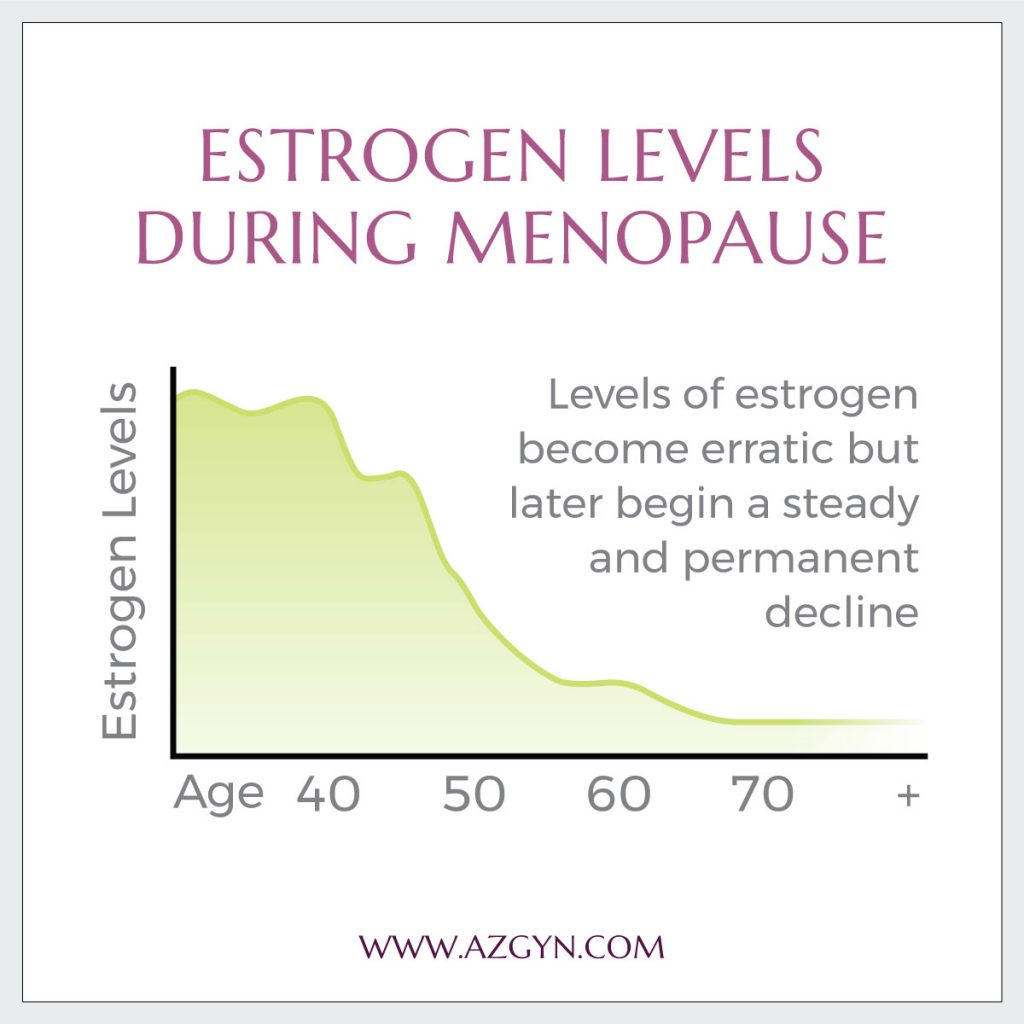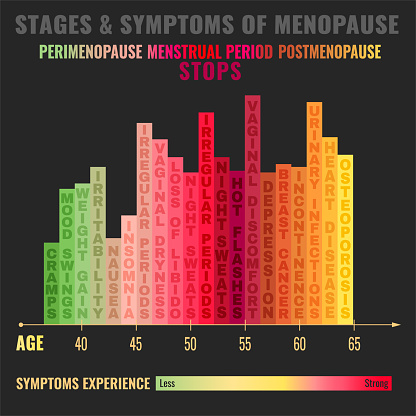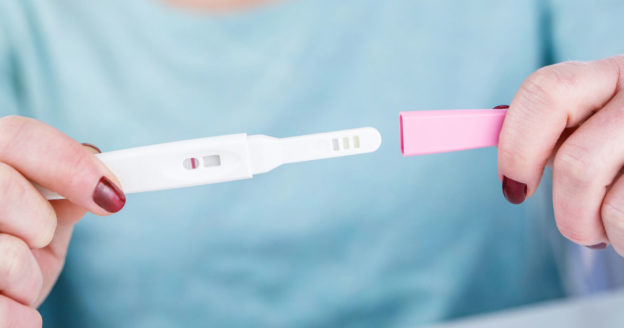What is Endometrial Ablation?
Endometrial ablation is a surgical procedure to destroy the lining of the uterus (endometrium). Ablation is used to treat abnormal uterine bleeding, premenstrual syndrome, and painful periods. This form of treatment is not a first-line therapy, and is usually reserved as a solution when other methods have not brought satisfactory results.
Why Do I Need Endometrial Ablation surgery?
Endometrial ablation may be used as a treatment option for women who have abnormal uterine bleeding, premenstrual syndrome, and painful periods. It should only be reserved as an option when other methods of controlling bleeding, cramps and treating premenstrual syndrome have not been successful.
This procedure may be recommended if you have heavy or long periods, or abnormal bleeding that negative affects your daily life and activities, or causes anemia (low blood count).
What are the Risks and Side Effects of Endometrial Ablation?
Endometrial ablation is a common and relatively safe procedure for women. There is very little recovery time with endometrial ablation, and between 70-80% of women treated with ablation surgery are satisfied with the results of the operation. With any minimally invasive procedure, like endometrial ablation, there is a risk of complications. Though the risk of complications are low, common complications may include:
Possible Post-Operative Complications from Endometrial Ablation
- Pregnancy After Endometrial Ablation
- Pain-Related Obstructed Menses
- Failure to Control Menses
- Risk from Pre-Existing Conditions
- Infection
In the past, intra-operative procedures had a higher risk of post-operative complications, but with new technology and a better understanding of expectations, today’s ablation procedures have many fewer complications – of-which, the risk of post-operative infection is the most serious.
Who Should Not Have Endometrial Ablation Surgery?
Endometrial ablation is not an option for every woman, and there are many things to consider before having this procedure. Endometrial ablation may not be recommended if you have the following:
- A current infections (vaginal or cervical)
- Pelvic inflammatory diseases
- Current condition, or a history of cancer of the reproductive organs (endometrial, cervical, or uterine cancers)
- If you were recently pregnant (within the past 6-12 months)
- Weakness of the uterine muscle wall
- If you currently have an IUD, Intra-uterine Device
- If you have had a C-Section (either classic incision or vertical)
- If you have uterine abnormalities that increase the risk of the procedure (narrow cervix or large uterus).
Will Endometrial Ablation Surgery Stop Me from Having my Period?
While the main goal of the surgery is to minimize or lessen the bleeding from menstruation, 10% of those women that have ablation surgery stop having their period. 70% of women that undergo endometrial ablation have significantly reduced bleeding. It is important to note that endometrial ablation is not used to stop you from having your period completely, but 10% of patients see this result.
Can I Get Pregnant After Endometrial Ablation?
The risk of pregnancy complications – including increased risk of miscarriage – is much higher in women who have had endometrial ablation. Even though it is unlikely that you can become pregnant after endometrial ablation surgery, it is possible. It is important to remember that a woman who has had endometrial ablation still has her reproductive organs – it is just the lining of the uterus that has been affected.

How Long Does it Take to Recovery after Endometrial Ablation Surgery?
Recovery time after endometrial ablation surgery is minimal, and you should be able to return to your normal routine in 3 days, in most cases. Allow for up to 2 weeks to recover fully physically, and to return to exercise and physical tasks.
The type of anesthesia used during the procedure will determine how quickly you recover immediately after the surgery, and if anesthesia was used, driving is not recommended for at least 2 days after the surgery.
Types of Endometrial Ablation Surgeries
There are several ways a gynecology surgical consultant may choose to perform an endometrial ablation, including:
Electrosurgery for Endometrial Ablation
Also called electrocautery, electrosurgery for endometrial ablation uses an electric wire loop or a roller ball. The instrument cauterizes the lining of the uterus, destroying the tissue.
Cryoablation Surgery for Endometrial Ablation
Similar to electrosurgery, an instrument or a probe is chilled to a temperature low enough to freeze and destroy tissue of the lining of the uterus.
Free Flowing Hot Fluid Endometrial Ablation
Also called fluid or hydrothermal ablation, this is a procedure where heated fluid is pumped into the uterus to destroy its lining.
Heated Balloon Endometrial Ablation
Very similar to the free flowing hot fluid procedure, the heated balloon procedure utilizes heated fluid within a balloon that is delivered to the uterus via a catheter.
Microwave Endometrial Ablation (MEA)
With MEA endometrial ablation, microwaves are used to destroy the lining of the uterus. Microwaves are delivered via an instrument/probe.
Radiofrequency Endometrial Ablation
Very similar to (MEA), Radiofrequency ablation utilizes radio waves to destroy the lining of the uterus.
Considerations before Endometrial Ablation
Even though endometrial ablation is safe and minimally invasive, it is still a surgical procedure. Therefore, you should consider the following before having endometrial ablation surgery:
- Be sure that you have met with your gynecology surgical consultant and you understand the procedure fully, including risks and special considerations.
- You will be asked to fast for at least 8 hours before testing procedures.
- If you are pregnant or considering getting pregnant, be sure to tell this to your doctor.
- Be sure your doctor knows any existing allergies that you have – including allergies to medications, latex, tape or adhesives, and local/general anesthesia allergies.
- Let your doctor know if you are taking any blood thinning drugs or have a bleeding disorder. Blood thinners and medications that can prevent blood clotting may need to be discontinued before the operation.
- Your doctor may prescribe medications as a pre-treatment before the operation.
Do You Have Questions or Concerns About Endometrial Ablation?
Call or contact us to speak with our gynecological surgery consultants (602) 358-8588
Speak to a Surgical Consultant

Founder and Medical Director of ARIZONA GYNECOLOGY CONSULTANTS
Dr. Kelly Roy is a specialist in surgical gynecology and advanced laparoscopy (and hysteroscopy). She is a long-time resident of Arizona and obtained her Bachelor of Science degree in Biomedical Engineering at Arizona State University before finishing her Doctorate of Medicine at the University of Arizona in 1997.
Dr. Roy completed her residency in Obstetrics and Gynecology at the then “Banner Good Samaritan Hospital” (now Banner University Medical Center), in Phoenix Arizona in 2001.
Well known for her teaching and surgical ability, she is on the faculty at the residency program at both Banner University Medical Center and Saint Joseph’s Hospital in central Phoenix and is a Clinical Assistant Professor of Medicine at the University of Arizona College of Medicine, Phoenix Campus. Dr. Roy has taught advanced surgical techniques to medical students, residents, fellows and colleagues for over 15 years.
Dr. Roy is also a consultant to the medical device industry and has participated in the design and clinical testing of many instruments and surgical devices available on the world-wide market today.
Read More About Dr. Kelly Roy, MD | WebMD Profile | Health.USNews.com Profile | Current Obstetrics and Gynecology Reports: TFA with the Sonata System





 All women experience menopause, with several different symptoms.
All women experience menopause, with several different symptoms.
 According to the
According to the 

 While you are combating symptoms for an unknown period of time, look into common forms of relief. If you have medical conditions exacerbating the symptoms of menopause, such as arthritis, chronic pain, anxiety or depression, your doctor can help address these issues to potentially reduce menopause symptoms.
While you are combating symptoms for an unknown period of time, look into common forms of relief. If you have medical conditions exacerbating the symptoms of menopause, such as arthritis, chronic pain, anxiety or depression, your doctor can help address these issues to potentially reduce menopause symptoms.








